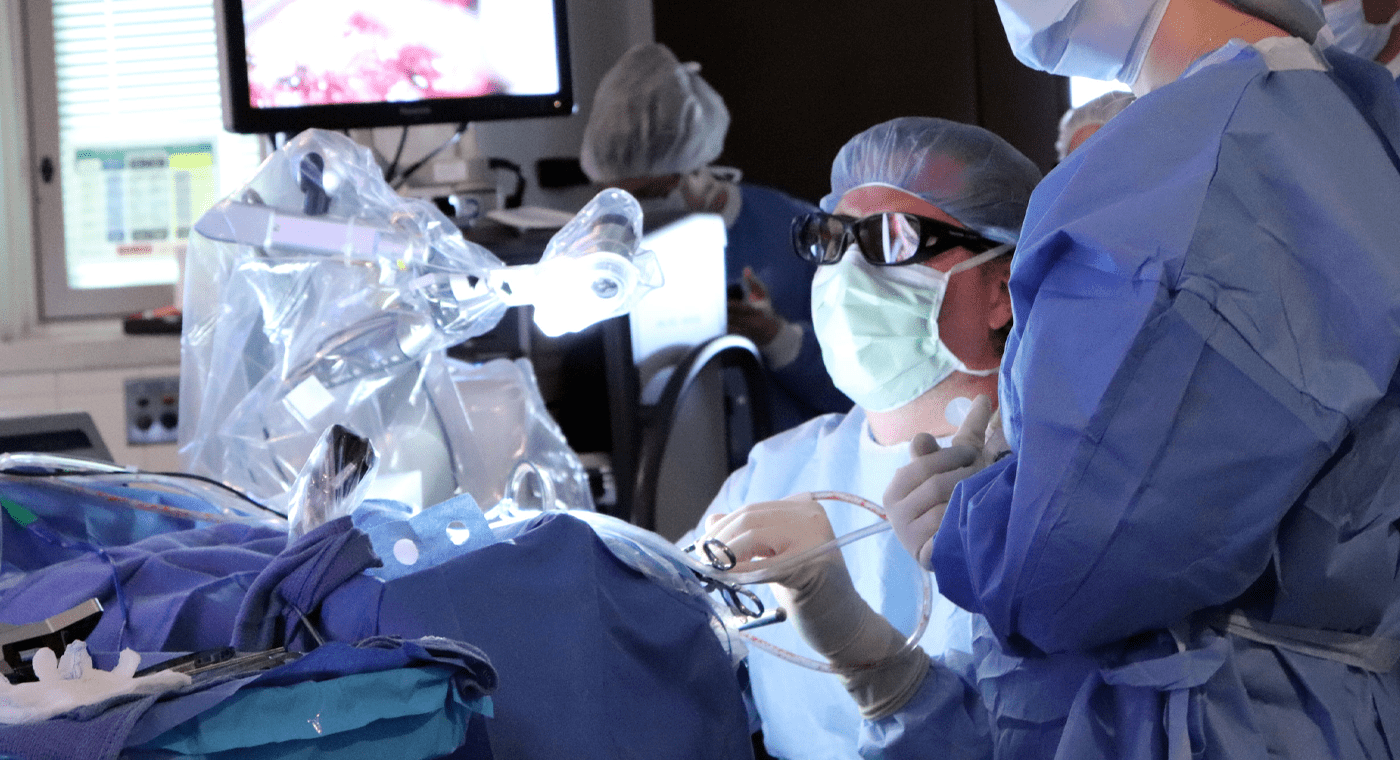
Neurosurgery
A herniated disc is a major cause of back pain, widespread pain in the hips, legs, and calves, loss of
strength, and electrical numbness from the hips to the legs.
The answer to the question of what is a herniated disc is a cushion-shaped disc that is located between the five vertebrae in our environment and prevents the vertebrae from rubbing against each other. Around the discs are nerves that stimulate the leg and foot muscles. As a result of overloading the discs, edema occurs first and the disc protrudes, causing pain and weakness by pressing on the surrounding nerves.
What causes lumbar hernia?
Herniated disc pain is caused by inflammation of the spinal nerve and the hernia pressing on the nerve. Sciatica is a symptom often associated with a herniated disc. Pressure on one or more of the nerves that support the sciatic nerve can cause sciatic pain that extends from the hip to the leg and sometimes the foot, as well as burning, tingling, and numbness. Sneezing, coughing, or bending over often increases the pain. Usually one side (left or right) is affected.
Lumbar hernia symptoms:
Pain that begins and increases in the back and hips.
Severe pain causes numbness and loss of strength over time.
The pain can be very unbearable for the patient and make it difficult for them to do their daily work.
In some patients the pain may become chronic and/or debilitating.
If a herniated disc is pressing on a nerve, there may be severe pain radiating along that nerve. Also called sciatica, this condition is the most common symptom of a herniated disc.
lumbar hernia treatment:
Non-surgical treatment
Preventive care should be considered as the first line of treatment unless there is muscle weakness, walking difficulty, or loss of bladder or bowel control (cauda equine syndrome). The main goal of non-surgical treatment is to reduce pain.
- Physical Therapy: Physical therapy includes a combination of treatments needed to reduce pain and increase flexibility. Ice and heat therapy, gentle massage, stretching, and pelvic pulling are some examples, but your physical therapist will work with you to develop the best treatment plan for pain and other symptoms. And the good news: Within 4-6 weeks, the majority of patients notice relief from their symptoms without surgery.
- Epidural steroid injection: In this procedure, steroids are injected into your back to reduce local inflammation. Only epidural injections have been shown to be effective in reducing symptoms. There is good evidence that epidural injections can be successful in 42-56% of patients who receive 6 weeks of non-surgical treatment and do not benefit from it.
Lumbar hernia surgery:
(Microdiscectomy) The most common surgical procedure for a herniated disc is a lumbar microdiscectomy. Microdiscectomy involves removing the herniated portion of the disc and the portions pressing on the spinal nerve. By giving more space to the nerve root, the pressure is reduced, and the nerve root can begin to heal.
(Rehabilitation) Most patients do not need physical therapy after surgery. After your surgeon has evaluated your condition and is confident that your injury has healed, you can begin a program of rehabilitation exercises. A simple 30-minute daily walking program that includes stretching exercises for the back and legs, which is a simple program you can do at home, will help you recover faster after surgery.
hernia during pregnancy
A herniated disc, which is usually painful, can be even more painful during pregnancy. Interestingly, this condition is common in pregnant women due to the expected weight gain and increased pressure on the spine. In some cases, women may not have symptoms of a herniated disc and may not feel its presence during pregnancy. On the other hand, a herniated disc can cause severe pain in pregnant women that can get worse as the baby grows and gains weight.
Does pregnancy cause disc herniation?
First of all, pregnancy rarely causes disc herniation. A woman is unlikely to have a pregnancy hernia unless she suffers from severe osteoporosis or has a recent traumatic injury to her lower back. However, women often experience generalized back pain due to changes in the body and around the spine.
